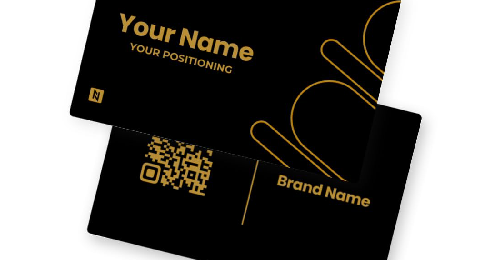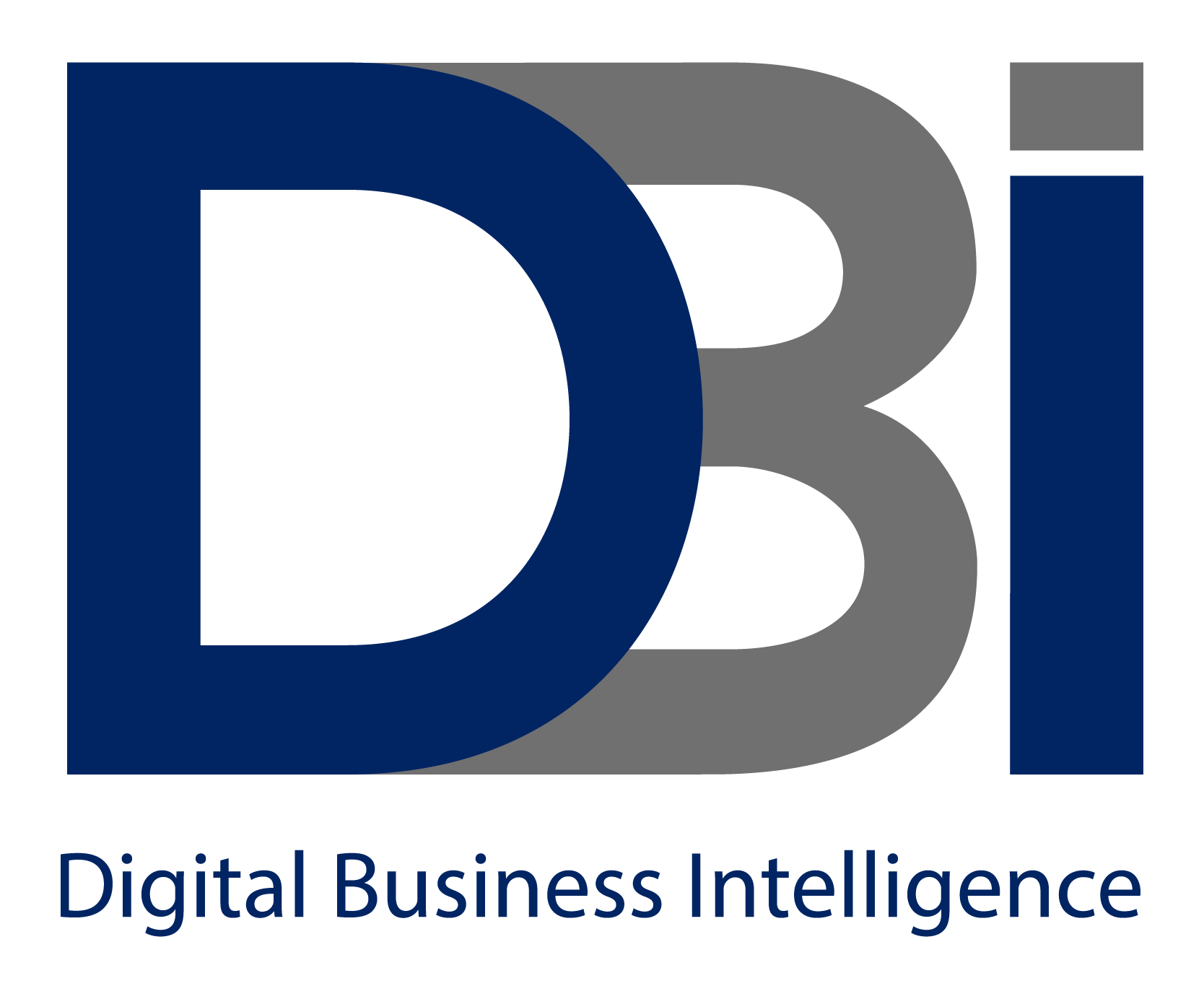We all desire quick results when it comes to link building. Find out what elements influence link building and when to expect great results.
It’s virtually a regular query: SEO clients want to know how fast their link-building efforts will provide rewards.
They want good change as quickly as possible, which makes sense because quality linkages take a lot of time, effort, and money to develop.
However, realistically, any change in your site’s visibility might take anywhere from 3 to 12 months.
It’s also a good idea to think about a few key aspects that determine the effect velocity of link development.
Let’s take a look at these aspects, as well as a few examples of how quickly link development produces benefits in various areas.
6 Aspects That Influence the Effectiveness of Link Building
I’ve found these characteristics in my experience developing links for many firms, although outcomes may vary based on particular circumstances.
Let’s take a closer look at the aspects that influence link-building efficacy.
1. A Website’s Authority
The domain rating (DR) is a statistic that measures the number of backlinks a website has gotten from reputable sources. The greater the DR, the better the trust score of the website.
Ahrefs, Semrush, Moz, and Majestic are some of the tools you may use to assess your site’s DR.
Sites with a good DR at the start will see the effects sooner.
The lower the DR of a website, the longer it will take for the links created to have favorable results. However, it is also dependent on the specialty.
For B2-B brands, the DR should be at least 60, while for B2C businesses, it should be at least 30. You’ll have to wait longer for results if your domain ranking is lower.
In other words, a website with high internet authority may have a better chance of ranking higher.
2. Traffic Trends, both Positive and Negative
Simply said, a good trend accelerates the impact of a link-building strategy, but a negative trend might slow down outcomes in the short term.
Google keeps track of the trends and favors resources with a consistent growth pattern.
Because of factors that influenced the website’s relevance and trust score, it might be difficult to return to the initial point of development if a website has a negative traffic trend.
3. Popularity of the Brand
When it comes to link building, one of the most important elements to consider is whether or not the website you’re obtaining a link from is an authoritative brand.
The percentage of sponsored traffic that a website receives is a good measure of this.
You may use tools like Semrush to check this.
4. Different Types of Pages
In most cases, links created to content pages provide good outcomes faster than links generated to commercial sites.
Commercial pages, on the whole, only target a few keywords, thus reducing your chances of success.
Also, keep in mind that Google prioritizes content pages in its search results.
5. The Competitiveness of a Niche
Link building is popular in B2B, for example, therefore relying solely on this method to promote your website may not be adequate. You must mix it with the creation of high-quality content and the growth of your brand.
If you come from a B2C background, though, link development can be a competitive advantage.
6. Link Building Budget (Monthly and Overall)
The average cost per connection varies depending on the sector. For instance, Ahrefs estimates it to be roughly $350, whereas Siege calculates it to be over $500.
The cost per link, on the other hand, is determined by the authority of the site. For example, a link from a site with an Ahrefs domain rating of 50 and organic traffic of 2,000 per month is not the same as a link from a site with an Ahrefs DR of 80 and organic traffic of 100,000.
As a result, link-building firms frequently charge varied rates depending on a site’s domain rating and organic traffic.
Based on this, a $3,000 monthly budget and a $30,000 total budget could be a decent place to start.
However, in other sectors, you may need to invest at least $10,000 each month to get returns.
And, rather than trying your luck and failing, it’s always a good idea to be realistic about your circumstances and concentrate on targeting the proper keywords.
What is the most important factor?
To some extent, they all play a crucial role.
Building links on a brand website that sells a real product or service, on the other hand, is critical.
These websites have the most potential for development, and the value of gaining connections to them will only increase with time.
5 Examples of How Link Building Works In Different Niches
Okay, we’ve gone through the things that might speed up or slow down the outcomes of a link-building strategy.
But, to avoid making false claims, let’s take a look at a few link-building projects and see how quickly they were able to produce favorable results.
The first example is a genuine difficulty that many people could dismiss as hopeless.
This site had no organic traffic, authority, or branded traffic, and it was in a very competitive niche — digital marketing.
So it’s not unexpected that the website’s organic traffic did not change in the first eight months, even though the number of phrases it ranked for in SERPs increased somewhat.
Then, after nearly a year of labor, more real results emerged. With a total expenditure of $100,00, the website was able to obtain over 250 links.
According to Ahrefs, organic traffic to this brand’s website is now at 3,000.
The graph below compares when this website’s organic traffic began to develop to when it began building links – over ten months later.
According to Ahrefs, organic traffic to this brand’s website is now at 3,000.
Google Search Console, on the other hand, reveals it to be considerably higher.
It took a little more than a year for this website’s link-building activities to yield dividends.
The following example is a B2C brand in the home improvement sector.
With a budget of less than $20,000, the firm established 58 connections to its website.
The work to create links began in December 2021.
In less than five months after the company initiated its link-building strategy, significant shifts in organic traffic began to appear.
Here are a few more examples of how link-building outcomes differ between B2B and B2C.
This is a fresh new B2B website with no traffic at all. This website received 40 links for a total of $15,000 and was rated by search phrases, resulting in $1,600 in traffic.
Three months later, between November and December 2021, the first impact of link-building activities surfaced.
It’s worth noting that this is a brand-new company.
But, if the brand was already well-known, would the link-building outcomes be quicker?
Yes. This business has been established for a long, with a popular website that receives a lot of traffic and links.
It’s also from a crowded SEO tool market.
With only 27 connections to a page that already had some links, the site received a modest bump in this example. So far, there are 27 links compared to the 40 that the prior website had to create.
As a consequence, after five months, organic traffic to it had doubled.
This website had to develop fewer links, but the results were far more immediate. The link-building campaign began in August 2021, and the first results were seen in October 2021.
Another example is a new B2C supplement brand that caters to the self-care market.
With a total investment of $12,000, it was able to build over 50 connections to its website.
In terms of outcomes, the link-building campaign began around the end of 2021, and after two to three months, the first improvements in organic traffic showed.
B2C businesses’ link-building initiatives may often be delivered faster, demonstrating that link development in this area is significantly less competitive than in B2B.
However, if you look at all of the instances, you’ll see that the period when a firm starts to see actual returns varies from case to case.
Over to You
In most situations, link-building activities provide dividends within three to twelve months.
However, there are a few key aspects to consider.
- The authority of the website.
- Trends in traffic, both positive and bad.
- The popularity of the brand.
- Types of pages that provide links.
- In a niche, the level of competitiveness.
- The amount of money you have set aside for link development.
Build links on sites that represent reputable companies as well. Positive adjustments to your site’s performance will continue in this manner.








